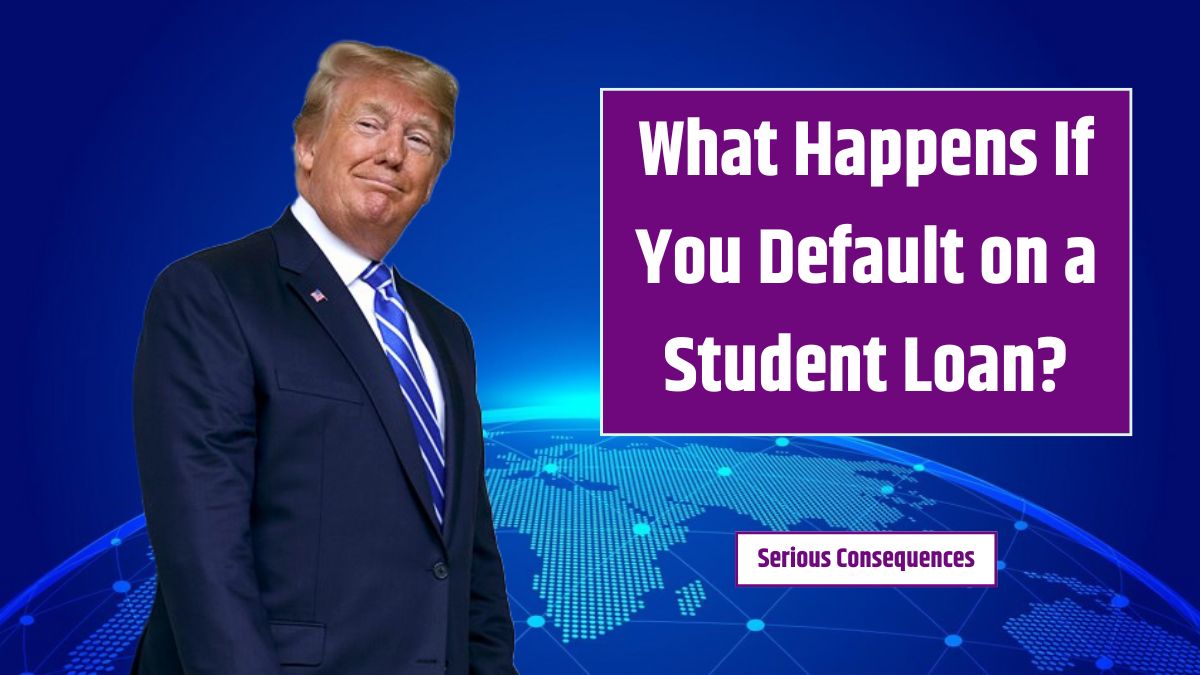Nobody wants to think about defaulting on student loans, but it’s a reality that many borrowers face. Missing too many payments can have serious consequences, especially for federal student loans. The U.S. Department of Education has clear guidelines on what happens when you slip into default, and trust me, it’s not pretty.
Definition
So, what exactly is default? For federal student loans, default kicks in after 270 days (or about nine months) of missed payments, according to studentaid.gov. At that point, your entire loan balance becomes due immediately. That means no more monthly payments—your lender wants the full amount, plus interest, right away. This process, called “acceleration,” can be overwhelming, especially if you’re already struggling financially.
Credit
One of the worst consequences of default is the damage to your credit score. Defaulting on a student loan can tank your score for up to seven years. A low credit score can make it much harder to rent an apartment, get a car loan, or even apply for a mortgage in the future.
Lenders and credit bureaus see default as a huge red flag. If you’ve just missed a payment or two, that’s bad enough—but defaulting tells them you’ve completely failed to keep up with your obligations. That kind of black mark follows you for years, making even basic financial moves more difficult.
Collection
The government doesn’t play around when it comes to collecting student loan debt. If you default on a federal loan, they can:
- Garnish your wages—taking up to 15% of your paycheck without needing a court order
- Seize your tax refund, including any earned income credit
- Take a portion of your Social Security benefits
- Charge additional collection fees, adding even more to your balance
These actions start quickly after default, and there’s no easy way to get out of them. If you were hoping for a government job or a position that requires security clearance, defaulting can shut those doors, too. Financial trustworthiness matters, and a defaulted loan can be a dealbreaker for employers.
Consequences
Federal student loans don’t just disappear if you ignore them. Unlike other debts, they are backed by the government, which has strong legal power to collect. Some additional consequences of default include:
- Losing eligibility for more federal student aid (if you were planning to go back to school)
- Facing legal action from lenders (if you default on private loans)
- Receiving constant calls and letters from debt collectors
- Watching your balance grow due to late fees and collection costs
Private lenders may not have the same collection powers as the federal government, but they can still take you to court and hire aggressive debt collectors. Either way, defaulting on any loan is a financial nightmare.
Solutions
The good news? There are ways out of default. Options like loan rehabilitation and consolidation can help restore your loan to good standing, though they take time and effort. The best move is to act before things spiral out of control—contact your loan servicer, look into income-driven repayment plans, and seek help before default becomes a reality.
Avoiding default isn’t just about protecting your wallet—it’s about keeping your financial future intact. Knowing the risks can help you stay on track and make informed decisions about your student loans.
FAQs
When does a student loan go into default?
For federal loans, default happens after 270 days of missed payments.
How does default affect my credit score?
It can drop your score for up to seven years, making borrowing harder.
Can the government take my paycheck?
Yes, they can garnish up to 15% of your wages without a court order.
What happens to my tax refund if I default?
The government can seize it to repay your student loan debt.
How can I get out of default?
Options include loan rehabilitation or consolidation to restore good standing.






